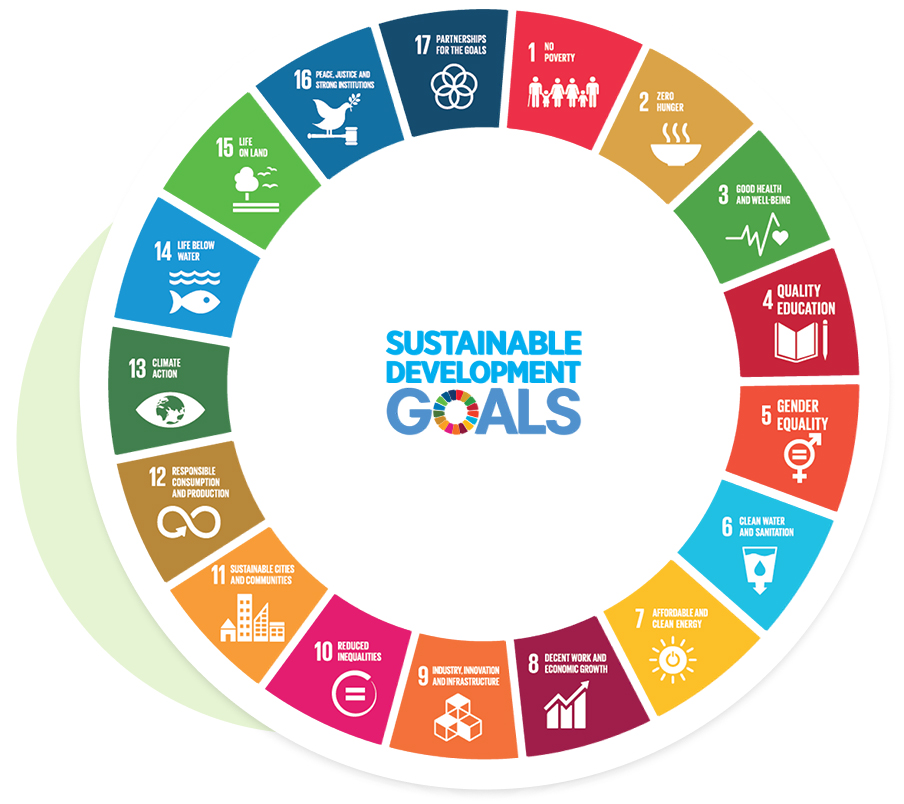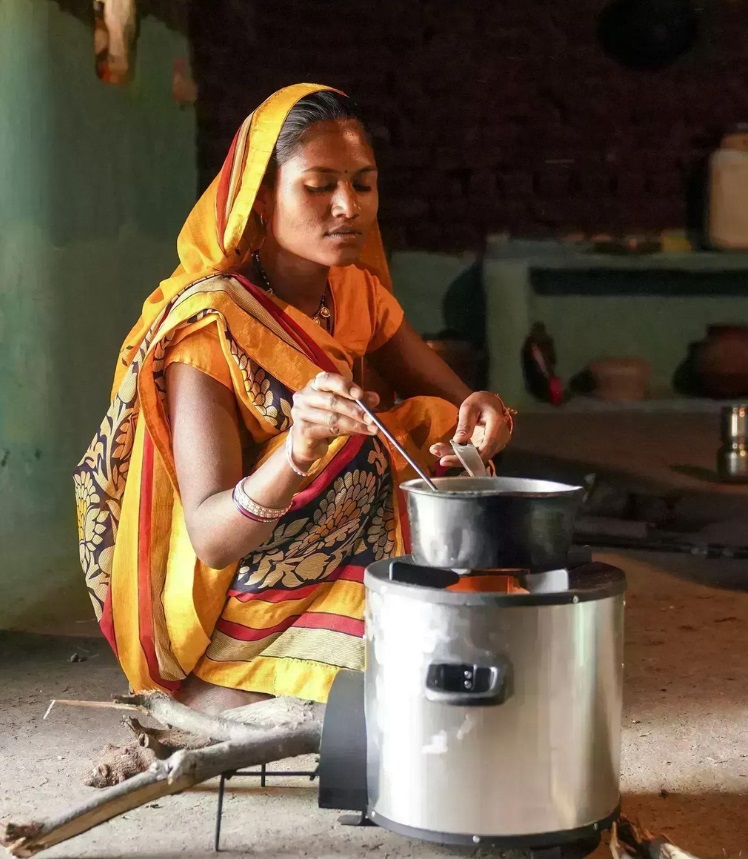- CLIMATE CONCEPTS
Household & Community projects: Cookstoves & Water purification
Discover how household and community projects, like clean cookstoves and water purification, reduce emissions and benefit communities.
Discover how household and community projects, like clean cookstoves and water purification, reduce emissions and benefit communities.
Household and community projects within the Voluntary Carbon Market (VCM) are initiatives that involve local communities in reducing greenhouse gas emissions. These projects often focus on activities like renewable energy generation, energy efficiency, sustainable agriculture, waste reduction, and reforestation. By engaging individuals and communities, these projects aim to create a positive impact on both the environment and society.
To generate carbon credits from household and community projects, the project developers must accurately quantify the greenhouse gas emissions reductions achieved. This is typically done through a rigorous process of baseline and monitoring, reporting, and verification (MRV). The baseline establishes a “business-as-usual” scenario, representing the emissions that would have occurred without the project. By comparing the projected emissions with the actual emissions achieved through the project, the net reduction in greenhouse gas emissions can be calculated. These reductions are then converted into carbon credits, which can be sold on the VCM.
Household and community projects in the VCM are often designed to contribute to multiple Sustainable Development Goals (SDGs). By generating carbon credits, these projects can access additional funding to scale up their impact. The revenue generated from carbon credit sales can be used to finance activities that address various SDGs, including:
In this way, carbon credits serve as a powerful tool to incentivize and finance sustainable development initiatives at the community level, ultimately contributing to a more sustainable future.


Household and community projects in the Voluntary Carbon Market (VCM) are closely aligned with the United Nations Sustainable Development Goals (SDGs). These projects often contribute to multiple SDGs, demonstrating the interconnectedness of environmental, social, and economic sustainability.
Here’s a breakdown of how VCM projects can relate to specific SDGs:
By addressing these interconnected SDGs, VCM projects can contribute to a more sustainable and equitable future. They demonstrate how local actions can have global impact, and how the private sector can play a crucial role in achieving the UN’s ambitious goals.
Cookstove projects are initiatives that replace traditional, inefficient cookstoves with cleaner and more efficient alternatives. These projects primarily target communities in developing countries heavily reliant on solid fuels like wood, charcoal, or dung for cooking.
By addressing climate change, improving air quality, and preserving forests, cookstove projects contribute to a healthier and more sustainable future for millions of people in developing countries.


Water purification projects aim to improve access to clean drinking water by removing contaminants and impurities from water sources. These projects can range from small-scale household filters to large-scale community water treatment plants.
The specific methods used in water purification projects vary depending on the scale and the nature of the contaminants present in the water. Common methods include:
By addressing climate change, improving public health, and promoting sustainable development, water purification projects contribute to a healthier and more sustainable future.
© Copyright 2024 – ClimateTrade | All Rights Reserved
